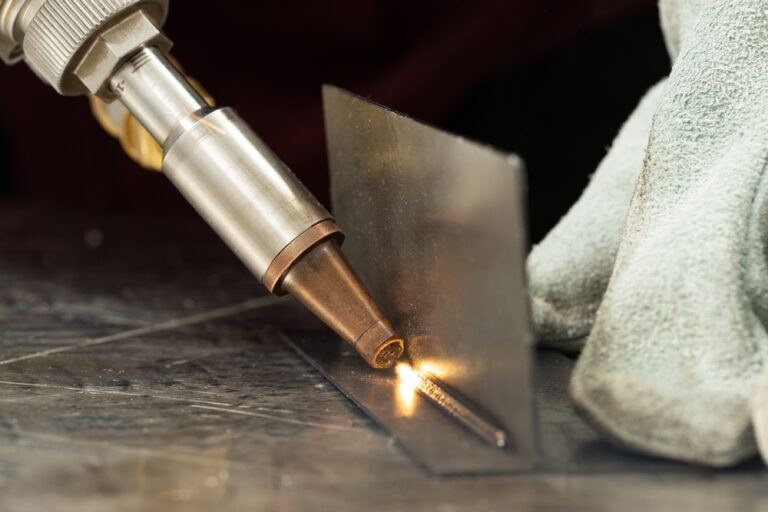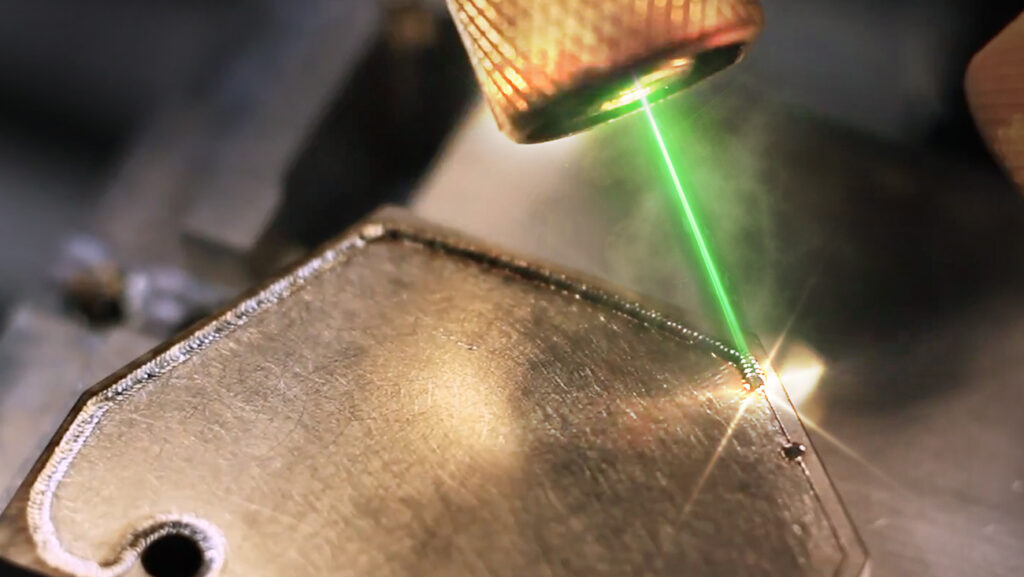In 2023 Gisborne Engineering started the path to forming strategic partnerships with our clients to help their partners grow & optimise their businesses by investing in cutting-edge technology and machines.
In a world driven by costs and competition, our mission was clear – to help our partner clients grow their businesses, by not only reducing costs but also elevating the quality of their manufactured products.
Below is a case study that on how investing in a modern laser welder to produce Stainless Steel Upright Supports installed nationwide that not only improved the quality of the product but also reduced the cost of manufacturing by 25% and reduced the turnaround time by 20%,
Why Laser Welding?
Laser welding technology represents the embodiment of precision, efficiency, and quality. This advanced welding technique offers a range of advantages over TIG welding (Tungsten Inert Gas).
TIG welding is a versatile and precise welding method, but it also comes with its own set of challenges. Here are some of the common challenges associated with TIG welding we were looking to overcome.
- Skill and Training: TIG welding requires a high level of skill and training to operate effectively and present visually appealing welds which was also a requirement for the Stainless Upright Supports. It demands precise control of the welding torch, filler material, and the arc. Beginners often struggle with achieving the right balance between heat input, filler deposition, and electrode manipulation.
- Slow Process: TIG welding is generally slower compared to other welding methods due to its manual nature. The welder needs to manually feed the filler material into the weld pool while maintaining a stable arc. This slow process can impact production efficiency, especially in high-volume manufacturing.
- Heat Management: Controlling the heat input is crucial in TIG welding to prevent overheating and distortion of the base material. Maintaining consistent heat input requires skill and experience, as different materials have varying heat conductivity.
- Accessibility and Positioning: TIG welding requires good visibility of the welding area, making it challenging to weld in confined spaces or complex joint configurations. It can be particularly difficult to access and weld joints in areas with limited accessibility.
- Filler Material Control: Adding filler material manually while maintaining arc stability demands precision. Controlling the amount of filler material, its placement, and the angle of the torch requires skill to ensure consistent weld quality.
The adoption of laser welding technology at Gisborne Engineering was more than just a shift in production methods; it was a leap forward into the future with precision and efficiency reducing the overall cost to our customers.

- Precision. The pinpoint accuracy of laser beams allowed for deeper weld penetration and stronger bonds between materials. As a result, the bollards were not only aesthetically superior but also boasted enhanced structural integrity.
- Reduced Heat Input, Enhanced Quality: The traditional concern of heat-induced distortion or warping in welding was minimised with the laser welder. This is due to the concentrated energy the laser beam provides in a localised location. Subsequently this led to a significant enhancement in overall bollard quality with minimal distortion eliminating the need for extensive post-welding treatments.
- Streamlined Production and Efficiency: The laser welding’s automated nature unlocked a new level of efficiency, the swift and continuous welding allowed for larger-scale manufacturing without compromising quality. The high-speed capabilities of laser welding shortened production times while optimising resource allocation.
- Cost Savings: One of the most striking impacts of laser welding was the reduction in costs. The significant reduction in resource and labour costs was not only due to eliminating extensive post-welding processes but also the reduction in rework and inconsistencies due to the precision resulting in further saving on quality control measures.




